Cross-country skiing is growing in popularity, with over 18 million skiers in the U.S. by 2023. Choosing the right skis is crucial for a fun and smooth experience. Here's what you need to know:
-
Ski Types:
- Classic Skis: Best for groomed trails; mimic walking motion.
- Skate Skis: Shorter, faster, and require more fitness.
- Backcountry Skis: Wider for ungroomed terrain, with metal edges for control.
-
Modern Option: Snowfeet*
- Compact 90 cm skis that fit over regular winter shoes (US sizes 6–13).
- Easier to use, portable, and beginner-friendly.
-
Key Factors:
- Length & Flex: Shorter skis are easier for beginners.
- Terrain: Match skis to groomed trails or backcountry.
- Skill Level: Snowfeet* offers a quick learning curve.
Quick Comparison
| Feature | Snowfeet* NORDIC | Traditional XC Skis |
|---|---|---|
| Length | 35 inches (90 cm) | 63–77 inches (160–195 cm) |
| Footwear | Regular winter shoes | Specialized boots |
| Learning Time | 1 day | Weeks to months |
| Terrain | Groomed & light backcountry | Groomed or specific use |
| Price | ~$390 (no boot cost) | $200–600+ (plus boots) |
Whether you're a beginner or looking for a simpler way to ski, Snowfeet* offers an easy, portable, and cost-effective solution. Dive into the details below to find the right skis for your needs.
How to Choose a Cross Country Ski Package for Skate, Classic, Beginners, Backcountry, and More!
Cross-Country Ski Types and Features
Understanding the different types of cross-country skis can help you choose the right gear for your skill level and the terrain you plan to explore.
Classic, Skate, and Backcountry Skis
Let’s start with the traditional options.
Classic skis are perfect for groomed trails. They’re longer, with a double camber design, and require either wax or built-in grip patterns for traction [3]. The motion mimics walking, making this style beginner-friendly, and many models can handle light off-trail use as well [5].
Skate skis are shorter and built for speed. They’re designed for a skating motion similar to ice skating, offering a more athletic experience. While skate skiing demands higher fitness and balance, it’s still accessible to those with a decent fitness level or a background in downhill skiing [5].
Backcountry skis are your go-to for ungroomed snow. These skis have a wider profile and a rockered tip to help with flotation in deep snow [3]. For beginners wanting to explore various terrains, metal-edge Nordic touring skis are a versatile choice [6].
Brands like Rossignol, Atomic, and Head offer a wide range of models in these categories. For example, the Rossignol Evo XT 55 Positrack Cross-Country Skis, priced around $250, are a solid entry-level option. These skis are shorter and wider, with a fish-scale pattern for better grip - perfect for those just starting out [5].
Snowfeet*: A Modern Alternative
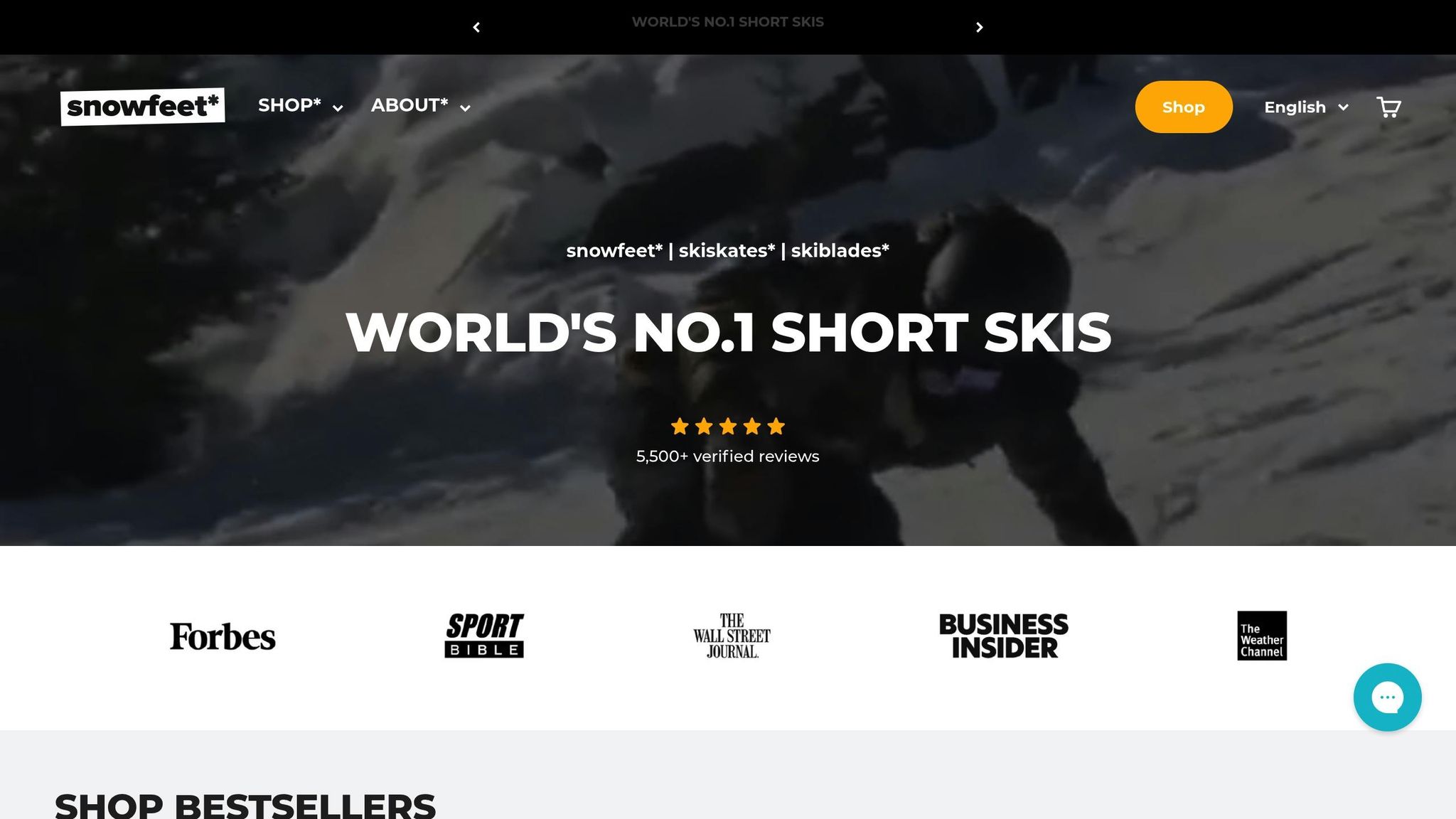
Now, let’s talk about a newer, more accessible option: Snowfeet* NORDIC skis. These compact skis, just 90 cm long, are designed to fit over regular winter shoes, eliminating the need for expensive ski boots. They’re compatible with U.S. shoe sizes 6–13 (EU 38–47), making them a great fit for most adults [4].
The lightweight design is easy to carry - toss them in your backpack or car trunk, unlike traditional six-foot skis. Snowfeet* promises that you can learn to use them in just one day, whether you’re a beginner, intermediate, or seasoned skier.
"Cross-country skis reinvented give you more freedom of movement, they are easier to ski with and much more fun." - Snowfeetstore.com [4]
These skis include metal edges for better control and stopping power, a feature missing in many traditional cross-country skis [4]. The base has a modified fish-scale pattern, so you don’t need kick wax, though glide wax can be used for extra speed [4].
User reviews back up the hype. Martina MacLean shared how Snowfeet* helped her rediscover cross-country skiing after 40 years, while Paul DeCecco praised their compact size for improving mobility [4]. With a perfect 5.00 out of 5 rating based on seven reviews, it’s clear these skis deliver on performance [4].
Snowfeet* NORDIC skis work well on both groomed and ungroomed trails, offering versatility similar to backcountry skis - without the intimidating length. For anyone curious about cross-country skiing but hesitant to invest in specialized gear, Snowfeet* provides a simple, budget-friendly way to get started.
Key Factors When Choosing Cross-Country Skis
Picking the right skis can make all the difference between a frustrating experience and falling in love with cross-country skiing. Factors like length, flex, terrain, and skill level all play a role in finding the perfect pair.
Ski Length and Flex
If you’ve ever looked into ski sizing, you know it can feel overwhelming. For classic cross-country skis, the general rule of thumb is to add 6–8 inches to your height. For skate skis, it’s 4–6 inches [1][7]. For instance, someone who’s 5'9" might need skis between 6'3" and 6'5" for classic skiing.
But here’s the thing: ski flex is even more important than length. As Gear West puts it:
"The stiffness of a ski will determine how the ski behaves under the skier" [9].
Fischer recommends skate skis with a stiffness index of 110% to 130% of your weight, while skin skis should fall between 58–68% [8].
For beginners, shorter skis can make a world of difference. Snowfeet* NORDIC skis, for example, are just 35 inches (90 cm) long, making them easier to control. While longer skis might be great for experienced skiers chasing speed, shorter skis help beginners build confidence and focus on having fun.
Once you’ve got the right fit, the next step is to think about where you’ll be skiing.
Terrain and Intended Use
The type of terrain you’re tackling should guide your ski choice. If you’re sticking to groomed trails at Nordic centers, skis narrower than 65 mm are typically ideal [5]. On the other hand, backcountry skiing calls for wider skis, specialized bindings, and climbing skins to handle the rougher conditions [10].
Snowfeet* NORDIC skis are a great all-around option. They’re designed to handle both groomed trails and light backcountry conditions, so you don’t have to overthink your gear. Thanks to built-in metal edges, they offer solid grip and control. This versatility is similar to what Jason Van Horn describes with metal-edged touring skis:
"Metal Edge Nordic Touring Skis can be used on groomed Nordic tracks, or exploring snow covered trails anywhere else" [6].
Once you know where you’ll ski, the final piece of the puzzle is matching your gear to your skill level.
Skill Level and Learning Curve
Traditional cross-country skis, often 5–6 feet long and paired with specialized boots, can feel a bit intimidating for beginners. That’s where Snowfeet* NORDIC skis shine. They’re built with beginners in mind, offering a quick learning curve. According to the company, they’re "easy to learn in one day" [4].
User reviews back this up. With a perfect 5.00 out of 5 rating from seven reviewers, people are loving how approachable these skis are. Reviewers mention they’re "much easier to use than the original longer XC skis" and praise their "increased flexibility and ease of movement due to the size" [4].
At $390, Snowfeet* NORDIC skis are priced in line with traditional models from brands like Atomic or Head, but they come without the added cost of specialized boots. That means you can dive into cross-country skiing without breaking the bank. And with the sport’s popularity growing in the U.S. - from 17.71 to 18.46 million skiers between 2022 and 2023 [2] - there’s never been a better time to give it a try.
sbb-itb-17ade95
Snowfeet* vs Standard Cross-Country Skis
Let’s dive into how Snowfeet* stack up against traditional cross-country skis. Snowfeet* NORDIC skis bring a fresh approach to skiing, cutting out common barriers that often trip up beginners. With their compact design, compatibility with regular winter shoes, and a skating-inspired technique, they make skiing far more approachable for newcomers.
Size and Portability
One of the first things you’ll notice is the size difference. Traditional cross-country skis range from 5 to 6 feet long, making them a hassle to transport. Snowfeet* NORDIC skis, on the other hand, are just 35 inches (90 cm) long. This smaller size means they fit easily into a backpack - no need for roof racks or special carriers.
Footwear Compatibility
Here’s another win for Snowfeet*: they work with any winter shoes (US sizes 6–13). Traditional skis? Not so much. They require specialized cross-country ski boots, adding extra cost and complexity.
Learning Curve
If you’re new to skiing, this is where Snowfeet* really shine. Traditional cross-country skiing can take weeks - or even months - to master. Snowfeet* use an ice-skating-like motion that most people can pick up in a single day. As Digital Trends puts it:
"This unique set of footwear can also be used for cross-country skiing, providing a good aerobic workout on flat trails" [11].
Side-by-Side Comparison
Here’s a quick look at how Snowfeet* NORDIC skis compare to traditional cross-country skis from brands like Rossignol, Atomic, and Head:
| Feature | Snowfeet* NORDIC | Traditional XC Skis |
|---|---|---|
| Length | 35 inches (90 cm) | 63–77 inches (160–195 cm) |
| Weight | Lightweight, easy to carry | Heavier, often need a roof rack |
| Footwear | Compatible with any winter shoe (sizes 6–13 US) | Require specialized XC boots |
| Learning Time | Learn in one day | Weeks to months |
| Portability | Backpack-friendly | Requires specialized transport |
| Price Range | Around $390 (no extra boot costs) | $200–600+ (plus boot costs) |
| Terrain | Groomed trails, light backcountry | Groomed trails for classic or skate style |
| Stopping | Metal edges for braking | Standard braking methods |
| Waxing | Fishscale base - no kick wax needed | Regular waxing required |
Versatility and Maintenance
Traditional cross-country skis are often specialized - one pair for classic skiing, another for skate skiing. Snowfeet* NORDIC skis? They’re a jack-of-all-trades. Thanks to their metal edges and fishscale base, they handle both styles and adapt to various snow conditions.
Maintenance is another area where Snowfeet* pull ahead. Traditional skis demand regular waxing to maintain performance. Snowfeet* skip the hassle with their fishscale base, which eliminates the need for kick wax. That said, optional waxing can still boost speed if you’re looking for extra glide.
Who Are They For?
Traditional skis might still be the go-to for seasoned skiers who want maximum glide and speed over long distances. But for beginners, Snowfeet* are a game-changer. They’re easier to use, more versatile, and customer reviews back this up. Many beginners rave about how Snowfeet* are "much easier than the original longer XC skis" and praise their "increased flexibility and ease of movement due to the size" [4]. These features build confidence and make hitting the snow a lot more fun.
Product Recommendations and Practical Tips
Let’s dive into some specific Snowfeet* models and practical advice to help you find the perfect fit for your skiing style and budget.
Choosing the Right Snowfeet* Model
Picking the right Snowfeet* comes down to your terrain preferences, budget, and skiing goals. The good news? All models are compatible with regular winter shoes (US sizes 6–13), so you won’t need to invest in specialized boots. Plus, the metal edges on every model give you solid control and make stopping a breeze.
Here’s a closer look at two standout options: one for trail lovers and one for those who value portability.
For Cross-Country Trail Enthusiasts: Snowfeet* NORDIC Cross-Country Skate Skis
If cross-country skiing is your thing, the Snowfeet* NORDIC Cross-Country Skate Skis, priced at $390, are a fantastic pick. These 90 cm (35-inch) skis are designed for groomed trails and light off-trail use. They feature a fishscale base, which means no kick wax is needed - though glide wax can be added for a speed boost.
Here’s what one happy customer, Paul DeCecco, had to say about them:
"Received our Nordic Snowfeet about 2 weeks ago and got a chance to use them for the first time today. We purchased two sets so both my wife and I tried them. Initial impressions are very positive and we really love the size and our increase flexibility to move as we need due to the size." [4]
With a perfect 5.0 out of 5 rating from 7 reviews, these skis are especially beginner-friendly.
For Maximum Portability: Snowfeet* Mini Ski Skates
If you’re all about portability, the Snowfeet* Mini Ski Skates are worth considering. Starting at $190 for the basic model and $270 for the upgraded Snowfeet* X version, these compact skis are easy to carry - just toss them in your backpack. They’re versatile enough for hiking trails, sledding hills, and more. [4]
Quick Terrain Tips
- The NORDIC model shines on cross-country trails.
- Mini Ski Skates are great for mixed terrain, from groomed snow to casual slopes.
- Stick to groomed snow for your first outings and avoid deep powder or steep slopes.
- For added stability and speed, consider using poles.
Budget-Friendly Cross-Country Skiing
Snowfeet* gear is designed to make skiing more accessible, especially for beginners. Compared to traditional cross-country setups - which often require pricey boots and regular waxing - Snowfeet* keeps things simple and cost-effective. For example, the NORDIC model at $390 eliminates the need for specialized boots, and its fishscale base means you won’t have to worry about buying kick wax.
A Fast Learning Curve
One of the best things about Snowfeet*? They’re easy to learn. Most people can get the hang of them in just a day. Don’t just take our word for it - here’s what Martina MacLean shared:
"For someone who hasn't been on XC skis in 40 years, purchasing these shorter Nordic Snowfeet has been very exciting! It didn't take long to get used to these shorter skis, much easier than the original longer XC skis I used to own a long time ago!" [4]
Smart Shopping for Beginners
If you’re on a budget, start with the Mini Ski Skates at $190. They’re perfect for trying out Snowfeet* across different terrains. If you find yourself drawn to cross-country skiing, you can always upgrade to the NORDIC model later. With a 4.9 out of 5 rating from over 5,500 verified reviews [12], Snowfeet* has become a go-to choice for winter enthusiasts looking for something fun and practical.
Conclusion: Snowfeet* - A Top Pick for Beginners in 2025
When it comes to cross-country skiing in 2025, Snowfeet* stands out as an excellent option for beginners. Unlike traditional brands like Rossignol and Atomic, which often require longer skis and specialized gear, Snowfeet* offers a simpler, more accessible way to hit the snow. Its minimalist design makes it easier for newcomers to dive into skiing without feeling overwhelmed.
What really sets Snowfeet* apart is its practicality. Forget about investing in expensive, bulky boots - these compact skis are designed to slip into a backpack, making transportation a breeze. Whether you're heading to nearby trails or planning a spontaneous winter adventure, Snowfeet* makes it easy to bring your gear along.
The shorter, user-friendly design is another win for beginners. It allows for better control and quicker mastery of basic techniques, so you can focus on enjoying the experience instead of wrestling with complicated equipment. This nimbleness makes the learning process smoother and way more fun.
If you're thinking about trying cross-country skiing in 2025, Snowfeet* offers a modern, approachable solution. With its blend of affordability, portability, and ease of use, it’s a game-changer for anyone new to the sport. Snowfeet* makes skiing more accessible, so more people can share in the excitement of gliding across snowy landscapes.
FAQs
What makes Snowfeet* NORDIC skis different from traditional cross-country skis?
Snowfeet* NORDIC skis bring a fresh twist to cross-country skiing with their compact size, lightweight build, and incredible portability. Traditional skis usually measure between 150–190 cm, but Snowfeet* skis break the mold at just 38–120 cm. This smaller size makes them super easy to carry, store, and take with you - ideal for spontaneous winter adventures.
What really sets them apart is how accessible they are. Forget about needing specialized ski boots or heavy gear - Snowfeet* skis work with your regular winter shoes. This makes them perfect for beginners or anyone looking for a simple, hassle-free way to hit the snow. While traditional skis are all about performance and specific terrains, Snowfeet* skis focus on simplicity, versatility, and good old-fashioned fun, offering a cool, modern option for winter sports fans.
How do I choose the right ski length and flex for my skill level and the terrain I’ll be skiing on?
Choosing the right ski length and flex comes down to a mix of your height, skill level, and the type of terrain you’ll be tackling. For beginners, classic cross-country skis should typically be 6–10 inches longer than your height. This length strikes a balance between smooth gliding and stability. But if you’re after something more beginner-friendly and adaptable, shorter skis like the Snowfeet NORDIC Cross-Country Skate Skis (35 inches) are a fantastic choice. These shorter skis are easier to handle, especially on varied terrain or in tighter spots, making your skiing experience both fun and stress-free.
As for flex, your weight and skill level play a big role. Beginners will benefit from a softer flex, which offers better control and a more comfortable ride. On the other hand, experienced skiers might prefer a stiffer flex for added power and precision. Snowfeet skis shine in this department because they’re portable, easy to use, and versatile - qualities that make them a standout option compared to traditional longer skis from brands like Rossignol or Atomic. Those can sometimes feel bulky and less suited for casual or recreational skiers.
Can I use Snowfeet* NORDIC skis on both groomed trails and in backcountry terrain?
Snowfeet* NORDIC skis are perfect for groomed trails and packed snow. They’re a solid pick for beginners and casual skiers who want something easy to use and versatile. Thanks to their compact size and lightweight build, they’re not only fun to use but also super portable, giving you great control on well-maintained trails.
That said, if you’re venturing into backcountry skiing - think deep, uneven, or ungroomed snow - you’ll want to look at traditional long skis from brands like Rossignol, Atomic, or Elan. These are designed to handle off-piste conditions, offering the stability and performance needed for tougher terrain. But if your goal is to enjoy smooth trails with ease and convenience, Snowfeet* NORDIC skis are a fantastic choice!

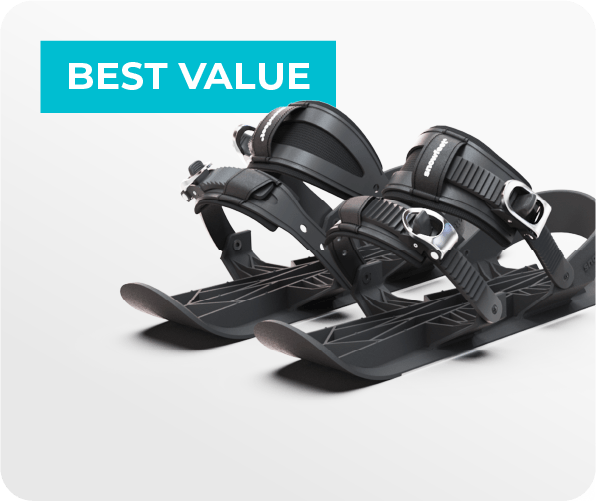
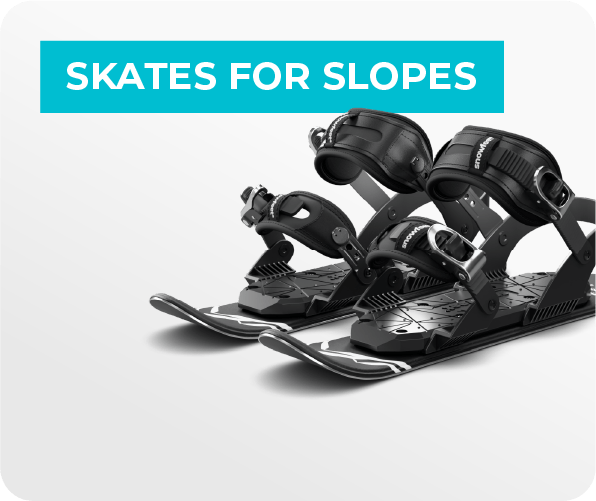
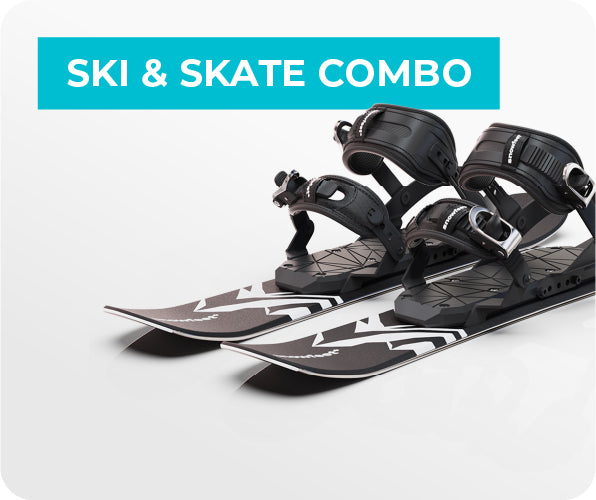
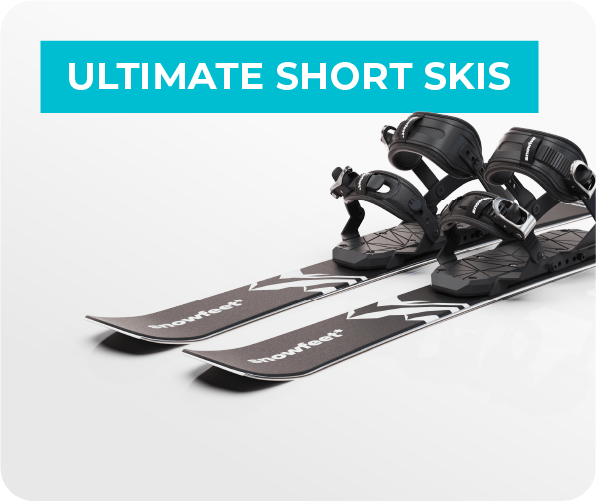
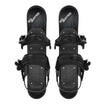
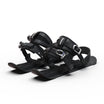
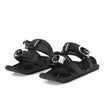
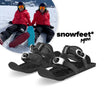
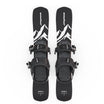
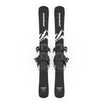
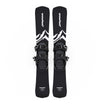
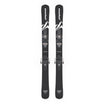
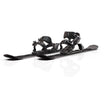
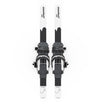
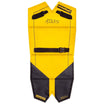
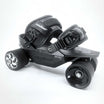
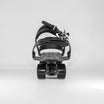
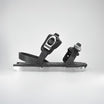
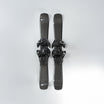



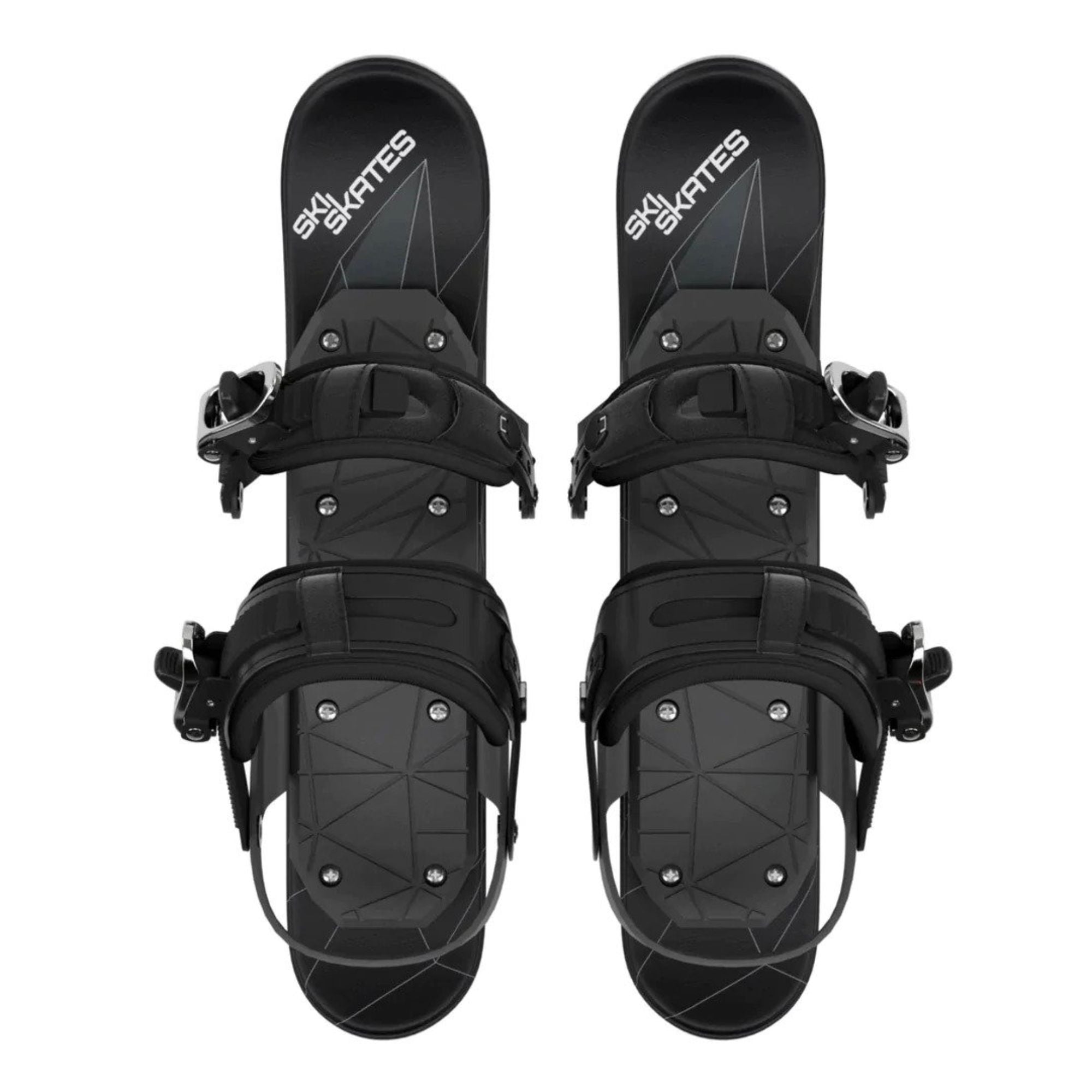
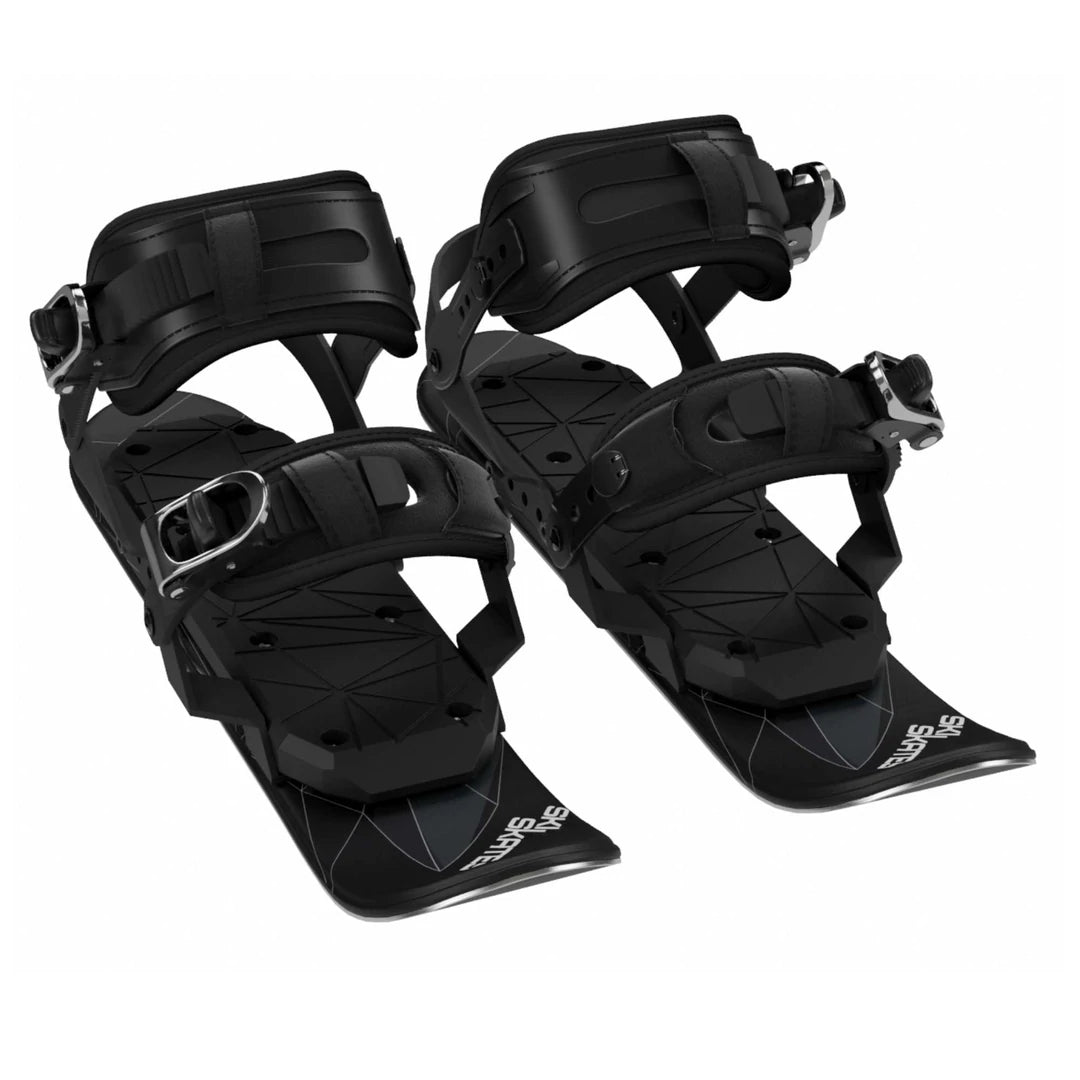
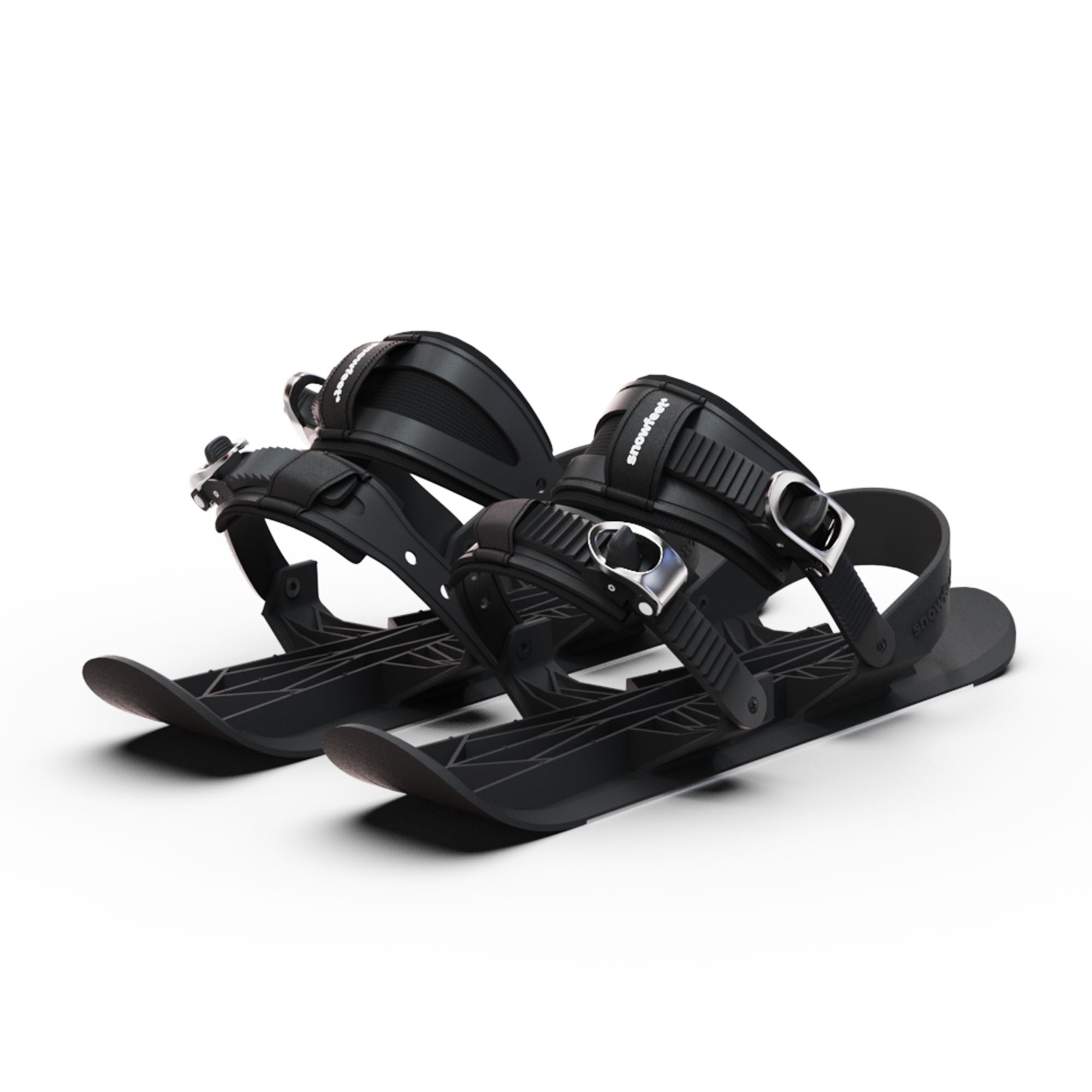

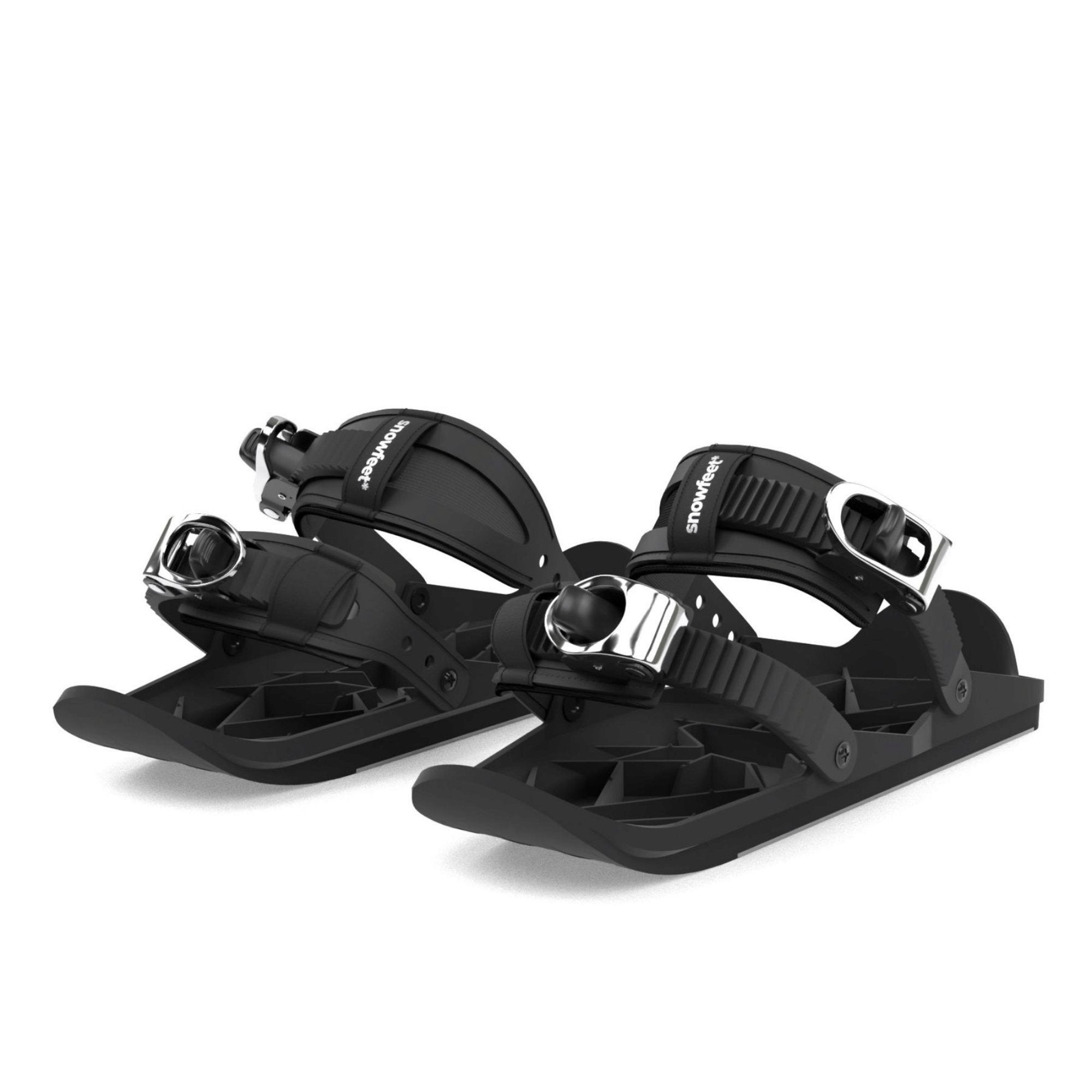

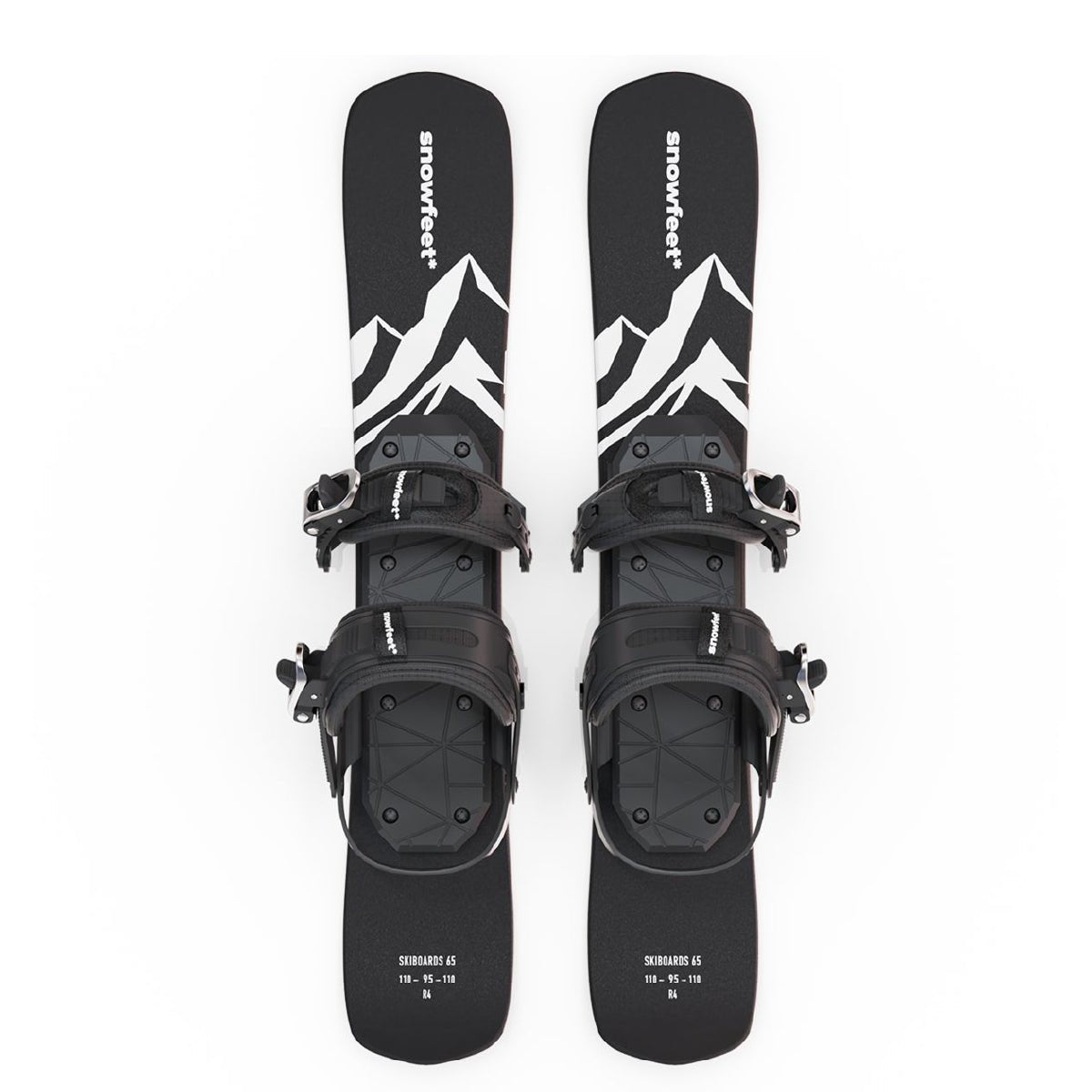
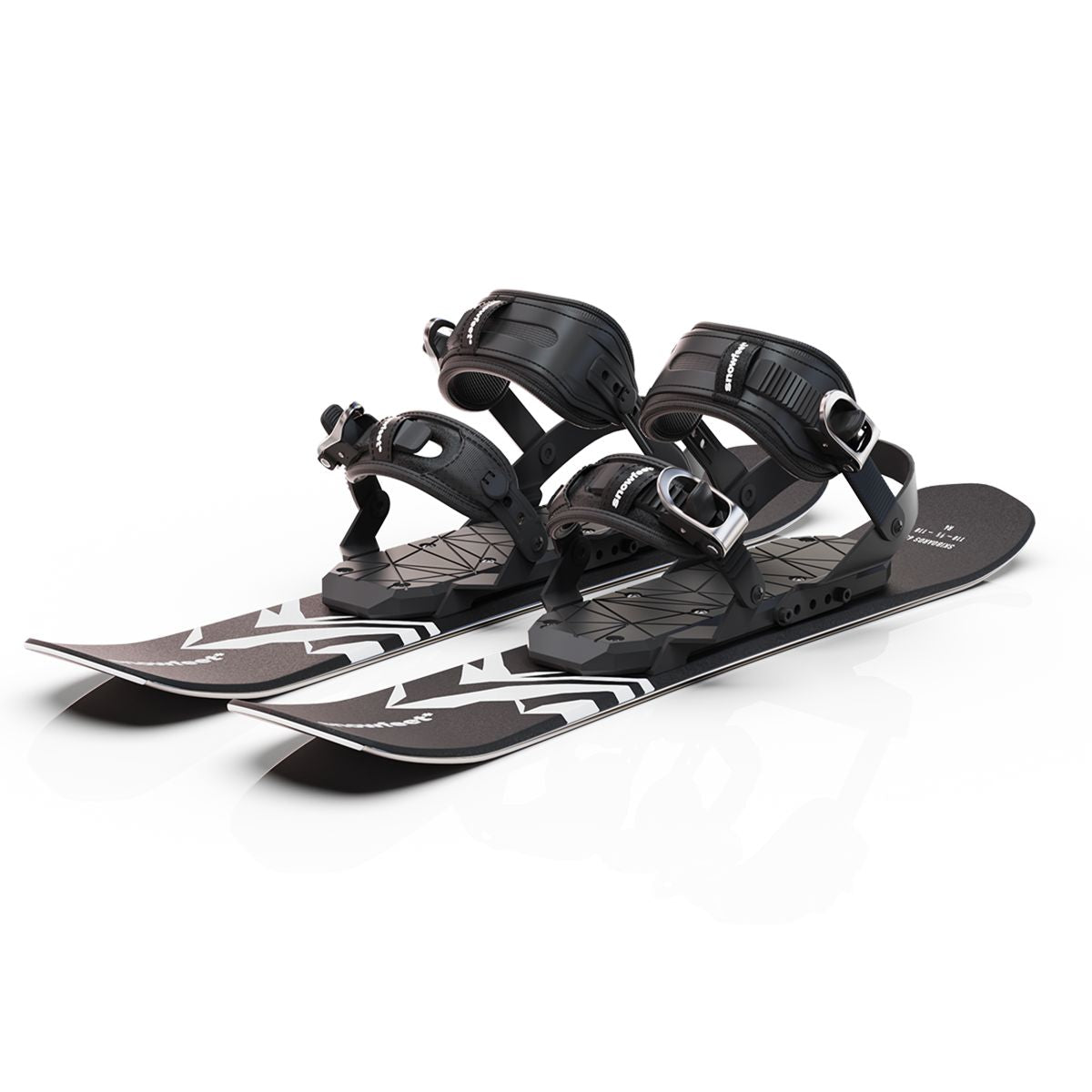
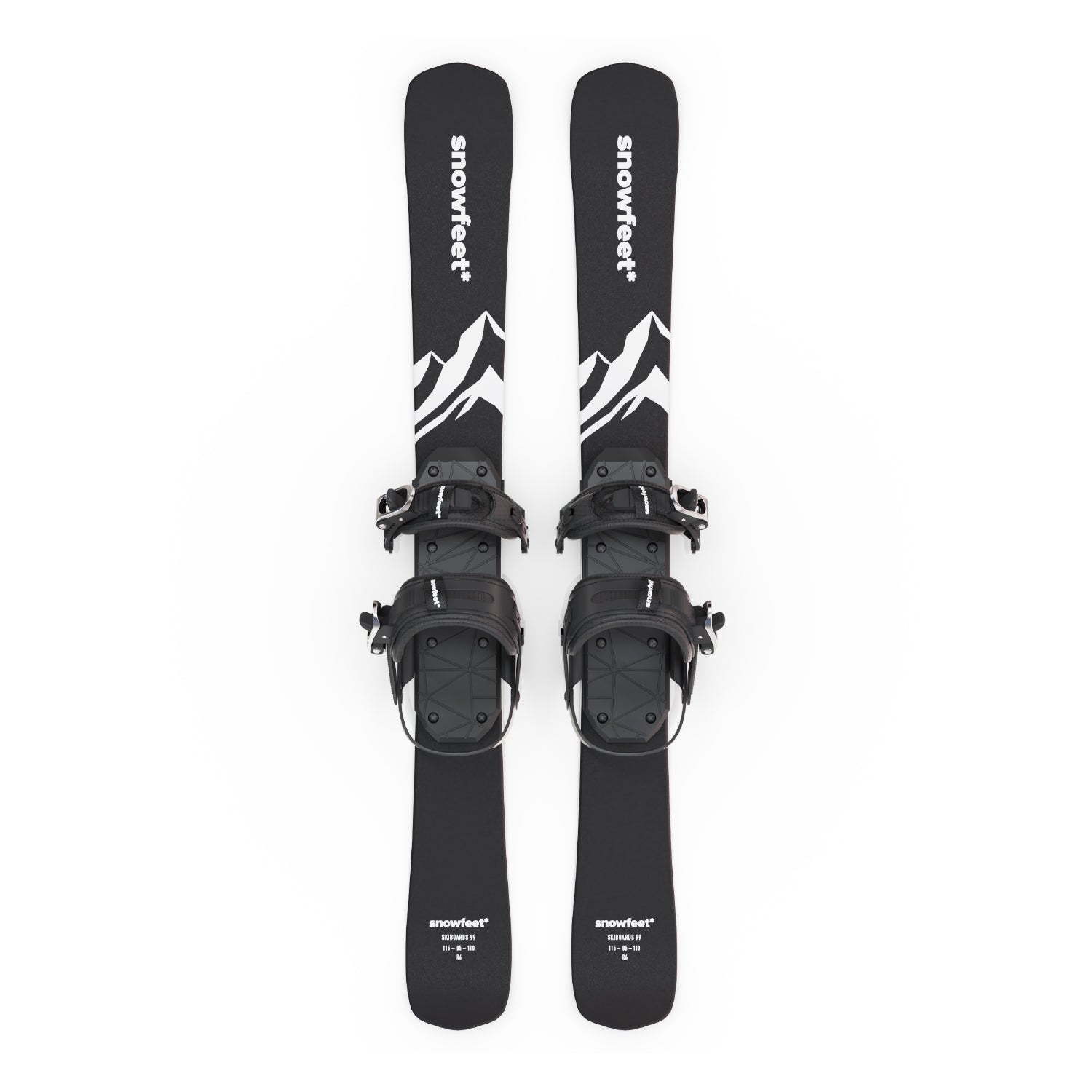
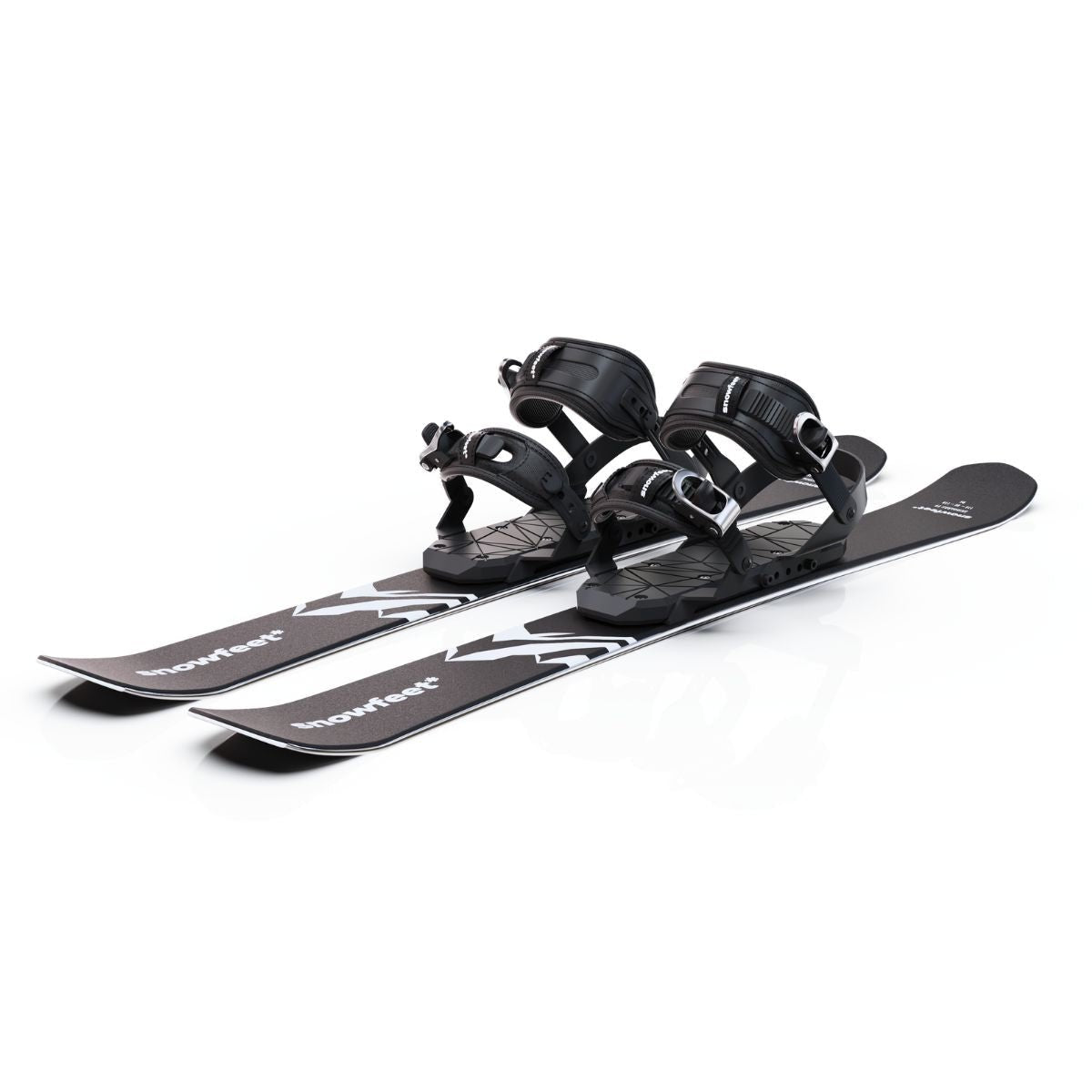
Leave a comment
This site is protected by hCaptcha and the hCaptcha Privacy Policy and Terms of Service apply.